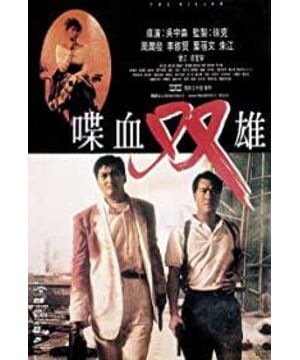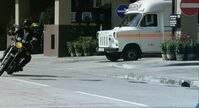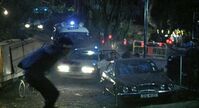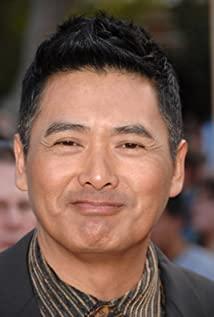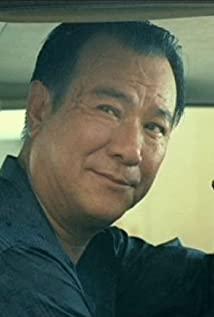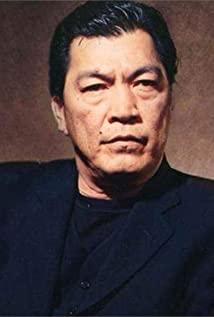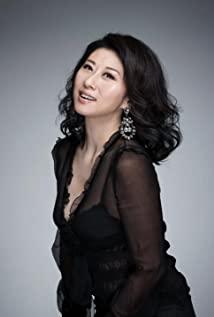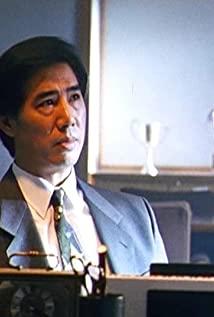If 1986's "The True Color of Heroes" is Woo's turnaround, then 1989's "Blood" is his best film.
This is not my own random assertion. The latter not only won John Woo the only Best Director award at the Hong Kong Film Awards, but more importantly, the film was also included in the American art disc manufacturer CC.
You must know that the films that can be included in the CC standard collection are either Kurosawa Akira's "Seven Samurai" or Bergman's "The Seventh Seal". Pure commercial action films like "Blood" can be favored by this. , is really surprising.
However, watching this classic work again, I found that John Woo's use of violence in the gun battle scene is more than just violence. His action aesthetics is more important as a foil. This source can even be found in Eisenstein's "Battleship Wave". Found in the Golden Number.
In fact, if you want to highlight the subtlety of "Blood and Blood" in the shootout scene, it will be clear at a glance if you compare it with "The True Color of Heroes", which is recognized as a classic.
In my opinion, "The True Color of Heroes" is not so much an action film as it is a police and bandit drama. There are only a handful of action scenes in the film, except for Xiao Ma, who took revenge for Dillon and took Taiwanese gangsters in a restaurant. In addition to extinction, it is the last climax scene, where Di Long, Leslie Cheung and Chow Yun-fat fought their last battles.
In these action scenes, John Woo did begin to romanticize the gun battle scene with a lot of upgraded shots. Chow Yun-fat's handsome face continues to sway in slow motion, which not only has a strong lethality to women, but also is a kind of hero totem for male audiences. When John Woo slows down time in his close-up shots, the faces of these people have long since separated from reality. They are no longer gangsters who kill and rob goods, but sacred and invincible heroes.
"Blood Two Heroes" does the opposite. Although these big heroes are still accurate and brave, but when they are fighting with the enemy, women and children appear on the scene, and they break the "Heroes" in the image of the weak. The "invincible" aura in "True Color" converts "killing equals romance" into "shooting equals danger".
In the first shootout of "Blood and Blood", when Chow Yun-fat was fighting with the gangster, Ye Qianwen accidentally broke in. So Chow Yun-fat's unscrupulous shooting attack turned into a constrained defense by drawing a gun, and the situation became dangerous.
Not only that, after Ye Qianwen's eyes were scratched by bullets, slow motion made her face distorted by pain extremely magnified. Perhaps John Woo felt that this danger was not enough, so he used two different angles, but the same action was repeated. show.
This technique is often used in Jackie Chan movies of the same period, whether it's "Plan A" where Jackie Chan falls from the clock tower, or "Police Story" where Jackie Chan slides down on the pillar full of light bulbs in the mall, at least use The two pictures of the same action are superimposed, and the purpose is to strengthen this danger.
But for the use of "woman", John Woo is not limited to this. He knows that a woman symbolizes the weak, and a blind woman is a weak person who needs to be taken care of. As for the weak attribute of a little girl, it is similar to this. Therefore, in most of the shooting scenes in "Blood Two Heroes", the blind Ye Qianwen often appears. Her innocent but frightened eyes are captured by slow motion, interspersed in the heroic shooting retreat of Chow Yun-fat and Li Xiuxian. among the enemy.
Among the similar characters, there is also an unknown little girl. When Chow Yun-fat was on his second mission and retreated to a beach, the little girl's changing eyes became a signal that Chow Yun-fat knew about the sniper. Still greedy and evil to capture the panicked expression of the little girl, when Cheng Kui'an shot the little girl's body with a fully automatic rifle, Chow Yun-fat volleyed to cover the little girl's body in an instant. Another danger is created.
Although it is difficult for the two male protagonists to be hurt in the slightest under the hail of bullets, even if they are injured, they can fight the fire as usual without any timidity. But Wu Yusen cunningly used the blind girl and the little girl as a means of rendering this time, so that the crises in the shootout continued to emerge. If "The True Color of Heroes" still has the heroic spirit of a momentary success, then "Blood Two Heroes" is well versed in the essence of gunfighting films, knows how to line up troops, and uses the various atmospheres of the scene to set off.
Of course, the most important of these is to use montage pictures to make this foil possible. Regarding this point, the Soviet director Eisenstein had already revealed the mystery in "Battleship Potemkin" in 1925. To highlight the wickedness of the tsarist army and the horror of the repression, Eisenstein cunningly used a baby. On the one hand, he let a stroller carrying a baby slide down the steep stairs, and on the other hand, he inserted the picture of the tsarist army wielding a knife, forming a shock force of causality. This is the master method of creating a dangerous situation.
Because, the more helpless the weak, the more imaginative space that can contrast the danger. Eisenstein criticized it, John Woo used it to revolutionize action films.
This is the reason why "Blood Two Heroes" can still make people feel heartbroken despite the continuous action scenes.
View more about The Killer reviews


